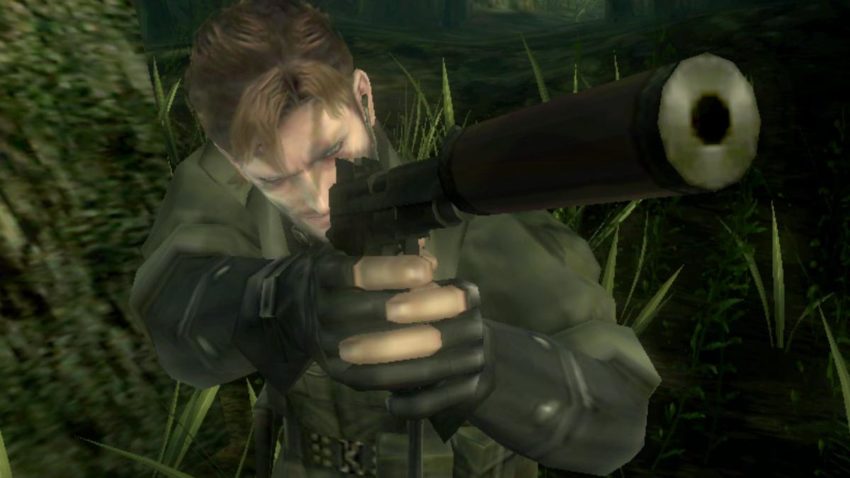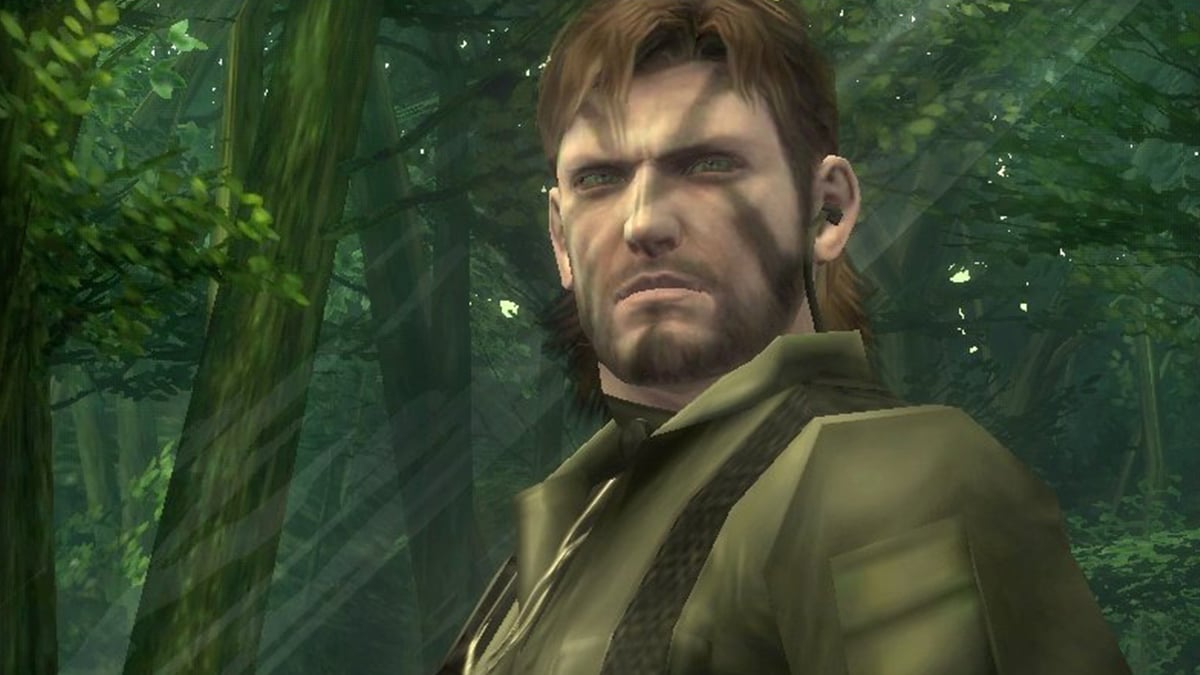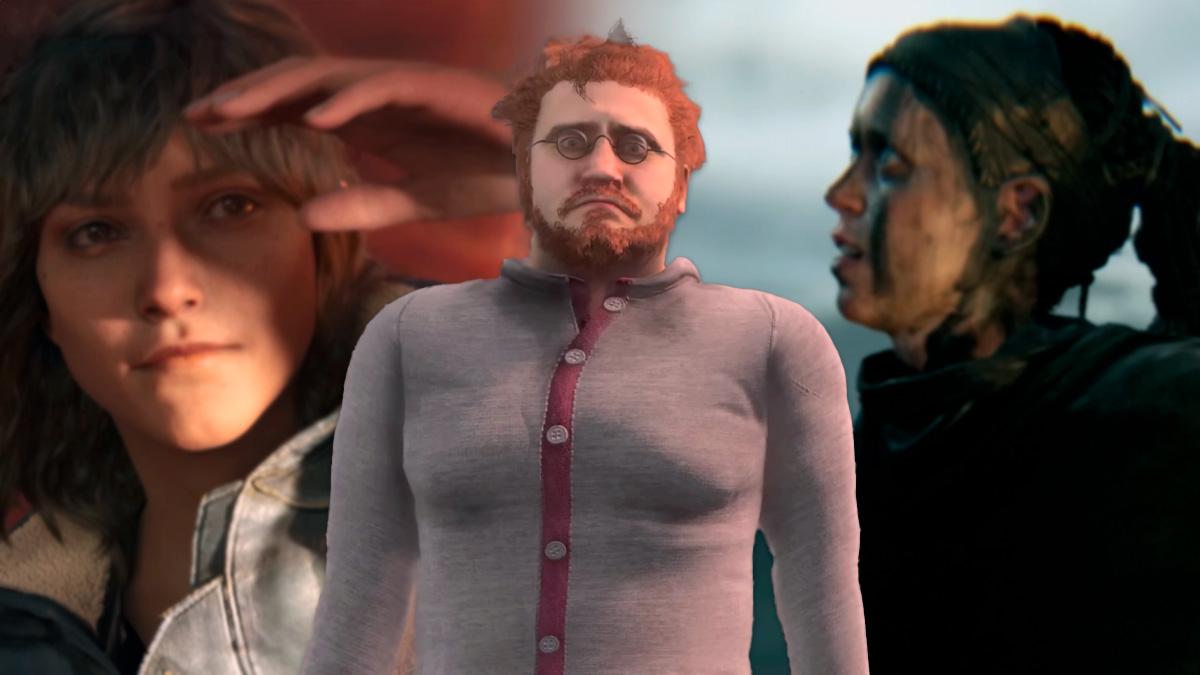Handheld versions of big-budget video games have a pretty bad rap. Throughout the 2000s, and through the first half of the 2010s, large publishers seemed desperate to cash in on the successful handheld market by bringing some of their biggest games to bite-sized systems. Unfortunately, this led to quite a few abysmal entries in some otherwise decent franchises. Remember Splinter Cell on the DS or Call of Duty on the Vita? Consider yourself lucky if not; they were just as bad as they sound. Handheld versions of triple-A titles tended to be stripped-down adaptations of their console counterparts that typically looked terrible, and controlled even worse. In hindsight, it’s probably a good thing that this trend died out. That’s not to say there weren’t some diamonds in the rough.
On February 21, 2012 – 10 years ago to this day – Konami ported the PlayStation 2 classic Metal Gear Solid 3 to the Nintendo 3DS. At first glance, this sounds like it would be a match made in hell. While MGS3 was 8 years old at the time, the 3DS wasn’t quite as powerful as the PS2 was. Furthermore, the original game featured a frustratingly complex control scheme that made full use of the DualShock 2 controller’s inputs, including its pressure-sensitive buttons. In contrast, the 3DS has far fewer inputs. In theory, this port sounds destined for failure, but in practice, it’s actually a well-put-together semi-remaster that, at times, even outshines its source material.
Metal Gear Solid: Snake Eater 3D is a pleasure to play, likely because it plays quite differently from its PS2 progenitor. It has a few features not previously seen in its original release, such as refined aiming controls, as well as crouch-walking. While these sorts of changes might seem a bit drastic to perform on such a heralded title, I can’t help but feel the game would be worse off if it were simply a one-to-one port. Even in 2012, Metal Gear Solid 3 was a dated game with some rough controls that would not have translated well to a handheld.

For example, to aim and fire a weapon in the base version of MGS3, you first have to hold the R1 button to enter first-person view mode. Then, you have to aim with the left analog stick before hitting the square button to finally fire. To make matters worse, you’re stuck in one position the whole time. There is no way to move during this process, which makes both firefights and boss battles tedious.
To shoot in the 3DS version, you just have to hold the left shoulder button to ready your weapon, and then tap the right shoulder button to fire; you can even move around while doing it. It’s a much more intuitive system that effectively rescales the game’s mechanics to fit the 3DS’ limited amount of inputs, rather than the other way around. Snake Eater 3D’s changes make it an easier game than it was on the PS2, but it’s appropriate, considering the 3DS’ comparatively simple button layout.
The aforementioned additions make this version a great way for newcomers to experience MGS3, but they also afford veterans a neat way to re-experience the game. Running and shooting in tandem with Ocelot during his boss fight wasn’t possible before, but it is here. The inclusion of crouch-walking might encourage you to try different routes when sneaking through areas as well.
Not only does the game play marginally better than its console counterpart, but at times, it even looks a little better, too. This is most notable when comparing character models, many of which have enhanced textures that make the main cast look better than ever before. Additionally, this version of the game has higher default contrast, and also lacks the blurry filter present in the PS2 release, both of which help make its graphics really pop.

Unfortunately, the game’s awful performance puts a damper on things. With a framerate that typically hovers around 20 FPS, this is definitively the worst-performing version of MGS3 out there. This substandard framerate is Snake Eater 3D’s Achilles Heel. Two years into the 2020s, where games are routinely running at a consistent 60 FPS – sometimes even 120 – it’s hard to revisit this title without being routinely perturbed by its dated performance.
The game’s performance is hardly its biggest issue. Snake Eater 3D’s most tragic flaw is that it is a 3DS exclusive; it hasn’t launched on any other console since its initial release, and given its status as an exclusive for a gimmicky handheld, I’m not confident it ever will. It being ported to other consoles would likely first depend on whether Konami can successfully relist it or not, as all versions of MGS3 were delisted in late 2021 due to licensing issues. Additionally, Konami’s stated intent on using NFTs to “preserve” its classic titles doesn’t exactly inspire confidence in the company’s preservation efforts.
Related: Konami’s first stab at NFTs earns them over $155,000
With the 3DS eShop set to close in March 2023, it seems likely that prospective players of Snake Eater 3D who wish not to go the route of emulation will have to purchase a physical copy of the game, likely sold by a second-hand reseller. As time goes on, it is only going to get harder to play, and that is just a terrible shame. This is arguably the most refined, accessible version of Metal Gear Solid 3 out there – were it not for its middling performance, it might even be the definitive version. It deserves better than to fade into obscurity, trapped on a dead system.










Published: Feb 21, 2022 11:00 am